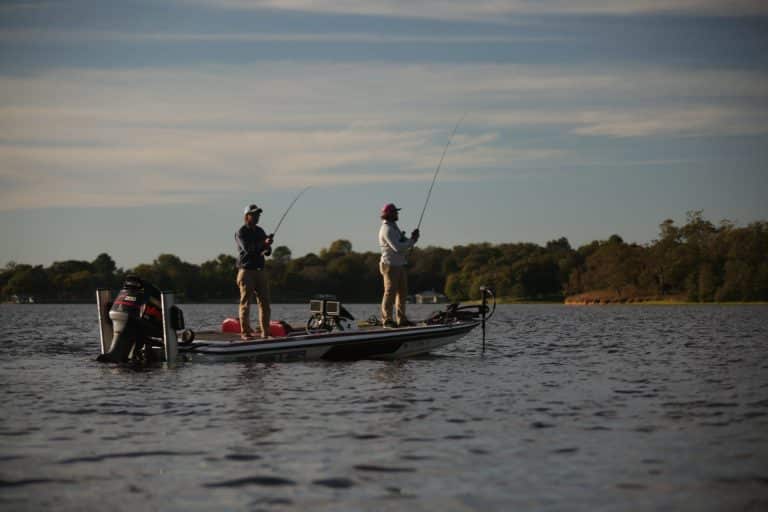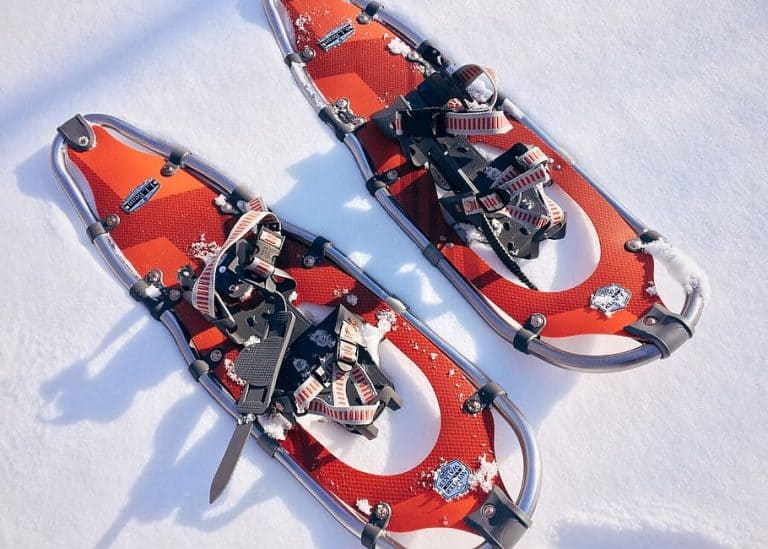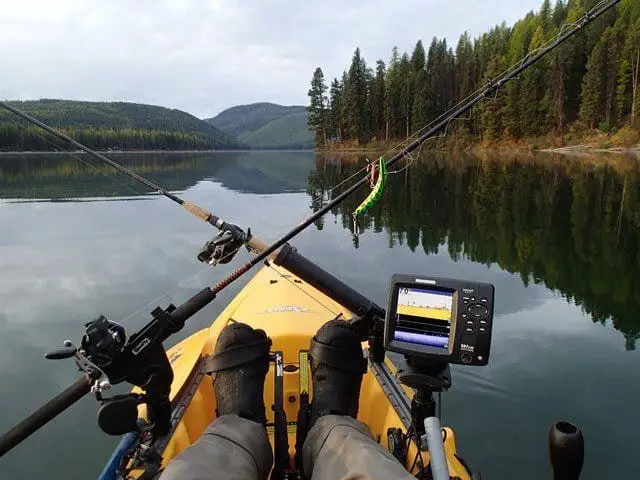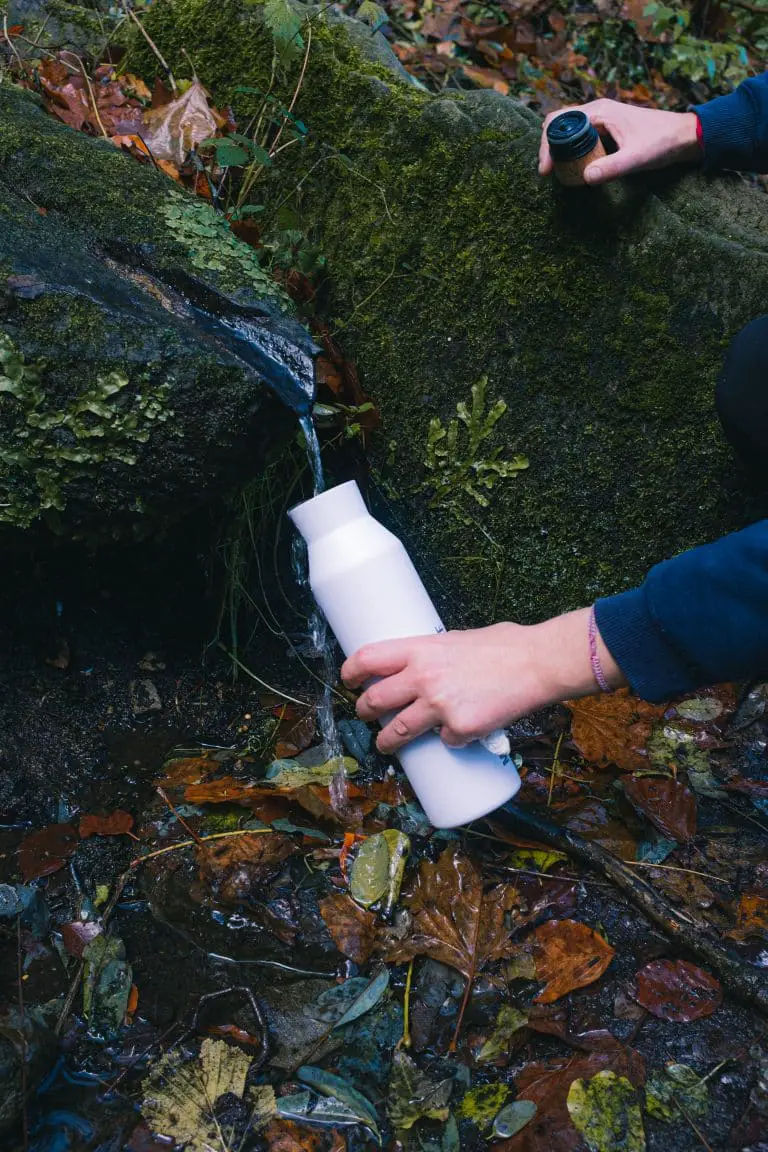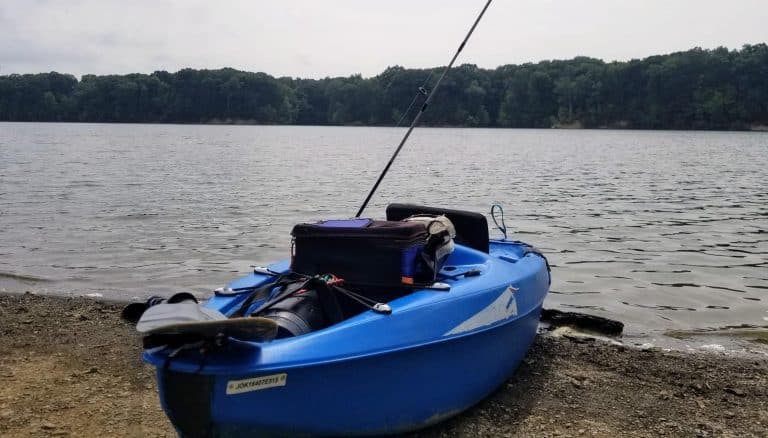Kayaking For Beginners – All You Need To Know Tips & Tricks
Learning How to Kayak
Wanting to try kayaking for the first time? Here are some things you should know about kayaking for beginners.
Kayaking is an excellent beginner’s sport that can be fun, relaxing and also gives you a real sense of adventure. You can also explore a more extreme type of kayaking as you become more confident – which is great for adrenaline junkies.
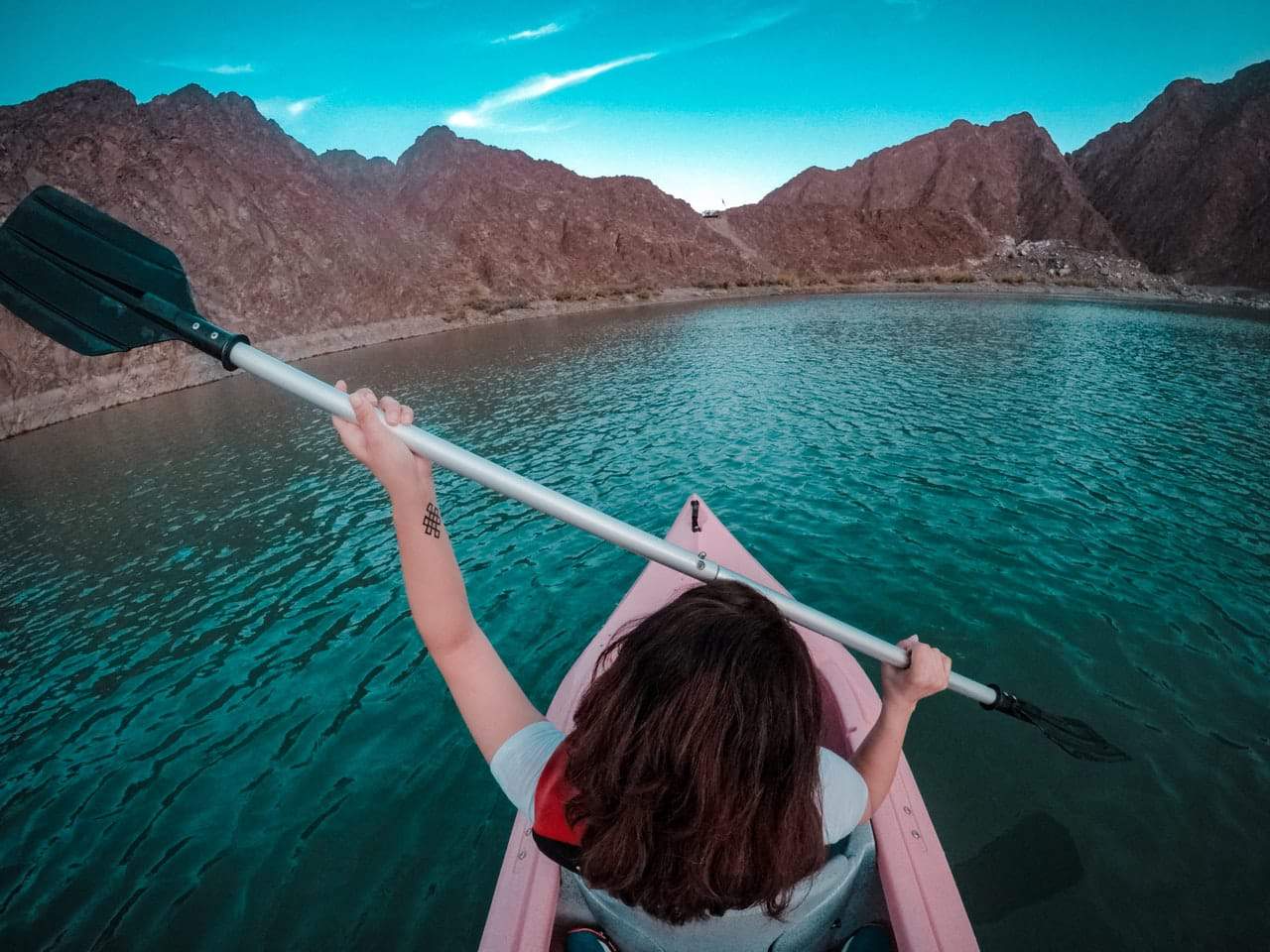
Millions of people around the world love kayaking for many reasons, but mainly because it is a relatively easy sport to pick up- meaning you don’t have to spend copious amounts of time practicing before you can begin to enjoy yourself. After a few hours practice, you will be paddling around happily in your kayak.
Main Considerations – Kayaking For Beginners
There are many things which should be considered before venturing out on the water in a kayak for the first time. These tips will help give you a better understanding of what is required to make your transition into kayaking a-lot smoother; ensuring you remain safe whilst still having lots of fun.
Kayaking lessons
Although kayaking looks very simple from an onlookers prospective- you may find yourself paddling in a different direction in which you intend to go. Getting a lesson will save you a lot of time and will teach you valuable lessons such as how to paddle and how to recover if your kayak capsizes.
It is relatively easy to find kayak lessons and can also be done on a budget- simply google ‘kayak lessons near me’ and it will show an abundance of results- ensure you check out reviews before booking in with a kayak instructor! Most lessons start at around £5 per person.
Although a kayaking lesson isn’t critical, it can definitely be a great help if you are wanting to get out on the water and kayak confidently.
What to wear when kayaking
Although the sun may be shining and you may think shorts and a t-shirt would be a good choice- the water can often be extremely cold. Ensure you dress for the water and not the weather!
If you capsize and fall into the water (which is likely- especially as a beginner) you will be thankful you chose a wetsuit, kayaking gloves and a waterproof jacket which will keep you warm over shorts and a t-shirt or even thicker, warmer clothing which gets much heavier when wet.
Always wear a life jacket. Even experienced kayakers often capsize and it is just part of the sport- so as a beginner you should take measures to ensure you are properly protected and equipped to deal with falling into the water.
Although you may be a strong swimmer, it can become increasingly hard to stay afloat in deep, cold water for what might be long periods of time.
If you reach the middle of a lake or are cruising the sea and your kayak begins to fill with water and starts to sink, then you will need to get it back to land to empty it out.
There are many life jackets on the market, some more basic and others more advanced, but ensure you have one with you at all times. It could save your life.
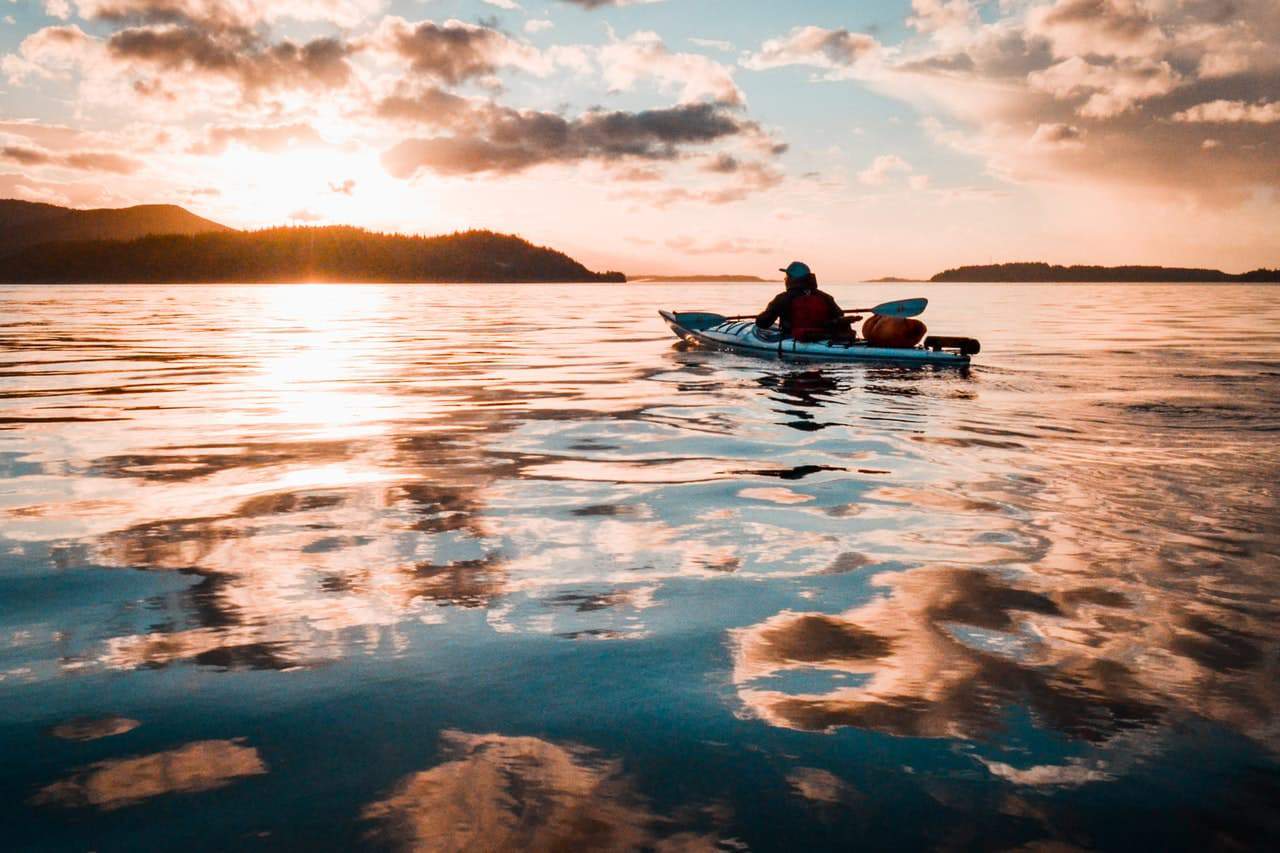
Choosing your kayak
There are plenty of kayaks to choose from and you can often find yourself swimming in choices not knowing which kayak is best for you. Often beginners choose sit on top kayaks because they are very stable and easy to manoeuvre.
If you are looking for a simple, recreational kayak here are our Best Recreational Kayaks.
It is best to research the water you are kayaking on and find which type of kayak is best for you. Check out this article on Different types of kayaks.
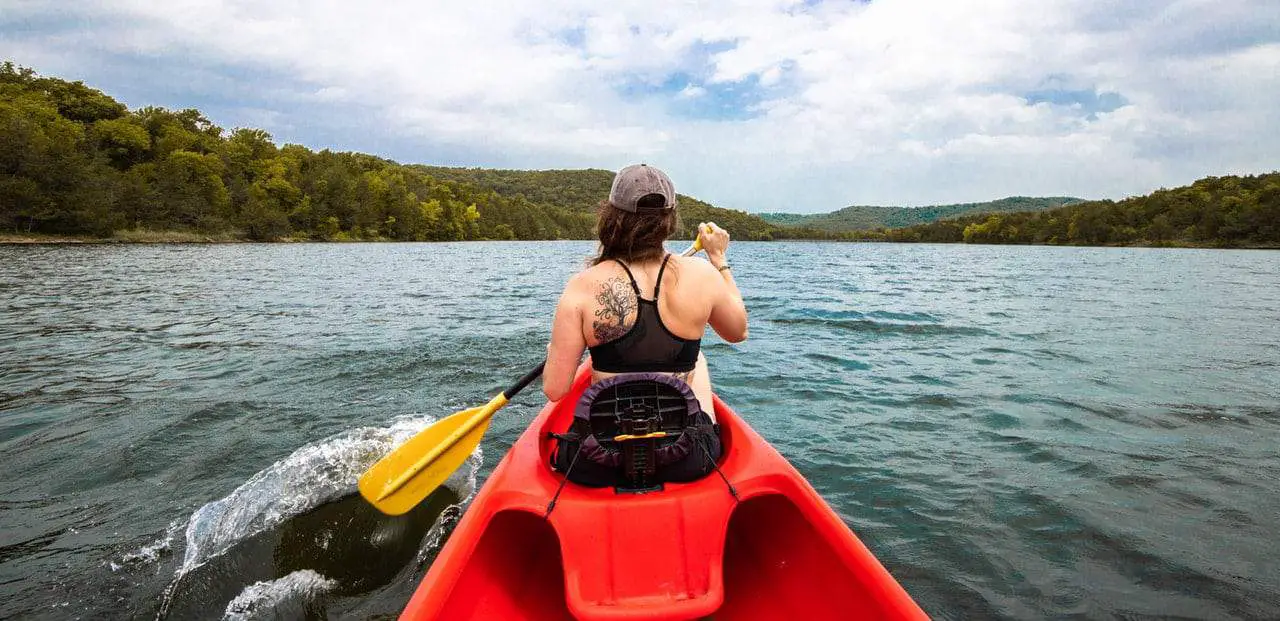
Must have personal items
You will need to bring along a few personal items when kayaking- most of these are common everyday items and are essential to keep you safe when kayaking.
Water
Ensure you bring plenty of drinking water because it is easy to become dehydrated- you may be surrounded by water but it is not safe to drink.
Bringing more water than you think you may need is a good idea because you may accidentally deviate off course and your kayaking session could take longer than you might have planned.
Snacks
Bringing snacks to provide you with energy is a great idea. Energy bars are a great snack to bring along as they are quick and easy to eat whilst kayaking.
Sun protection
It is important to protect yourself from the sun. When you are on the water it is easy to forget about sun protection and there may be a nice, enjoyable breeze that keeps you cool.
This sometimes means you don’t realize the effect the sun may be having on you. Always wear a sun hat and
Try to use reef safe sunscreen to help protect our environment.
First-aid kit
A first-aid kit can come in handy when you least expect it. You never know what situations you may get into and injuries you may endure. Always bring a well-equipped first-aid kit along with you, you may end up with regret if you don’t.
Watch
Bring along a watch so you can keep track of time, you should also be aware of sunset times. It is best to get back to land before it gets dark to ensure you do not get lost.
Signalling whistle
In the chance you end up stranded, lost, or even injured- a signaling whistle can help greatly in letting people know you are in distress and in need of help. It is always a great idea to carry one just to be safe.
Head-torch
A head torch could mean the difference between getting back to land and being stranded in your kayak overnight. If your kayaking session does not go to plan and you do not return to land before sunset then you may find yourself stranded.
A head-torch can assist massively in your efforts to return to land after dark but also to signal people if you and in distress and need help. This means the assistance you need will be able to find you once alerted.
Dry bag
A dry bag can be extremely handy to keep your belongings dry if you capsize. It is highly likely without a dry bag everything inside the kayak will end up wet, even if you don’t capsize.
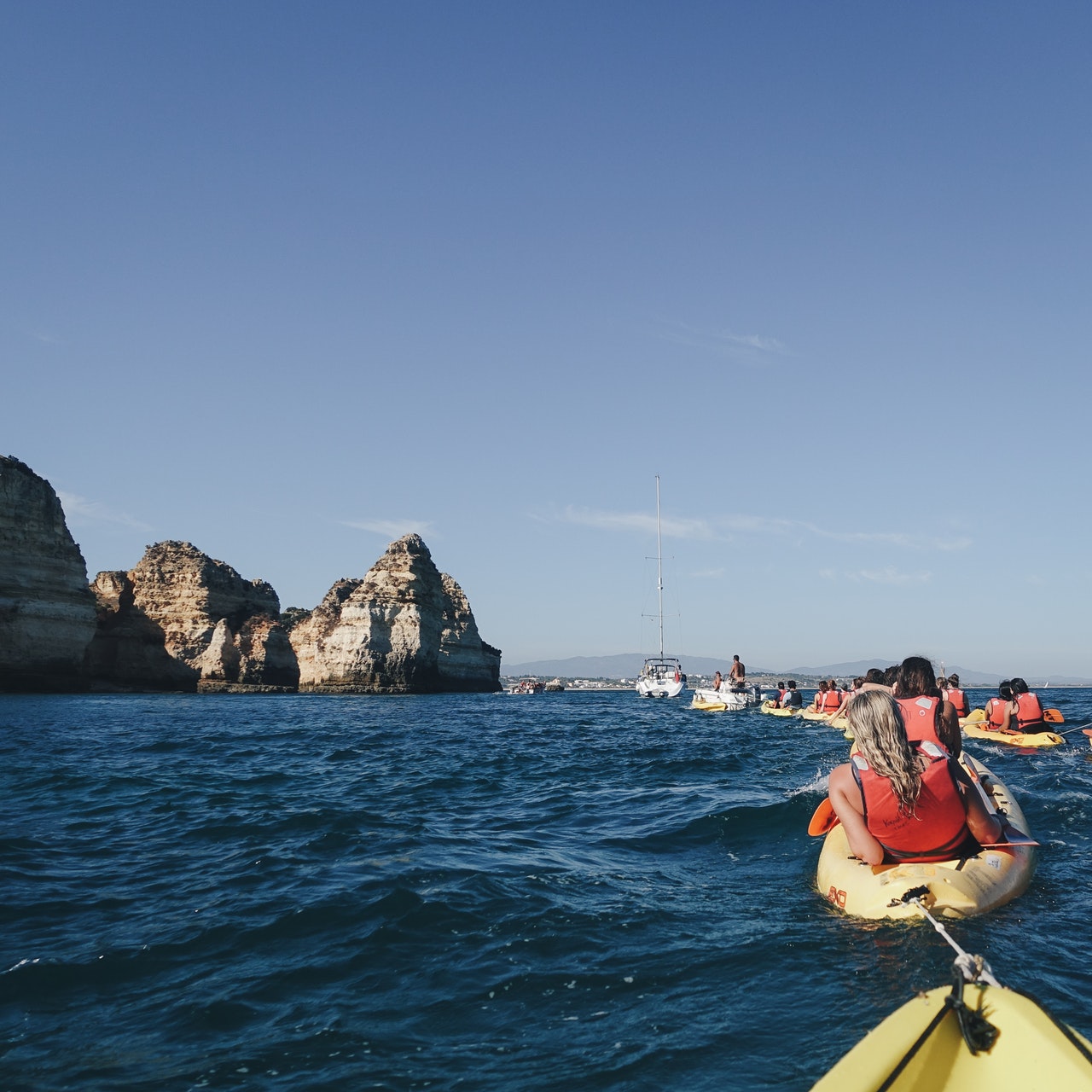
Venturing out on the water non-guided for the first time?
Here’s some tips you need to know:
Choose calm water– A small lake with calm water is the best option to go for, never stray too far from land.
Plan your outing- Research the water, ensure it is safe for beginner kayakers. Don’t plan to go far, first-time kayakers should take a short route and ensure they can return to land easily if they get tired.
Check local weather forecasts, don’t venture out if it is windy or in stormy conditions- try to plan for a nice sunny, breezy day.
Find a gentle slope/shallow water to launch- A lake which gets gradually deeper or a sandy beach is a great place to launch. Stay away from steep, muddy entry points into the water as you will most likely capsize or injure yourself.
We hope our tips help to get you and your kayak out on the water. We truly believe there is no better way to explore the outdoors.

